How to Change a Bathroom Ceiling Fan
Changing a bathroom ceiling fan should not be attempted by anyone who is not a professional. However, if you are overseeing an electrician, or you are an electrician who hasn’t undertaken this kind of job before, this blog may be for you.
In this blog, we will discuss how to change a bathroom ceiling fan
To prevent mould, fresh air should always be introduced into your dwelling daily, as it helps to regulate temperature and reduce condensation. Introducing fresh air can be as simple as having a ventilation routine, or installing extractors or PIV systems.
Having an understanding of the uses and reasoning for ducting can be just the information you require in order to get the correct ducting to fit your needs. Knowing how their differences can save you any potential mistakes if you choose to set it up yourself.
I-Sells is here to provide the answers you require whilst also supplying you with all the information you need to combat mould and have a well-ventilated home.
What’s the difference to a bathroom ceiling fan and a wall mounted bathroom extractor fan?
There are a few key differences between bathroom extractor fans mounted on the wall and those on the ceiling:
Location:
- Wall Fan: A wall-mounted extractor fan is installed directly onto the wall, typically positioned high up near the ceiling. This placement works well for bathrooms with external walls, as the fan can easily vent moisture-laden air directly outside through the wall with minimal ductwork required.
- Ceiling Fan: A ceiling-mounted extractor fan is installed on the ceiling, directly venting out through the roof space. This option is suitable for bathrooms without external walls or when running ductwork through the wall isn’t feasible.
Efficiency:
- Wall Fan: Wall fans are generally considered more efficient for moisture removal, especially in smaller bathrooms. The shorter ductwork translates to less resistance against airflow, allowing the fan to extract moisture more effectively.
- Ceiling Fan: Ceiling fans can be less efficient due to potentially longer duct runs needed to vent outside. The distance and bends in the ductwork can create drag, reducing the fan’s ability to remove moisture as effectively. However, advancements in fan technology have narrowed this efficiency gap somewhat.
Aesthetics:
- Wall Fan: Wall fans can sometimes be more visually prominent due to their placement on the wall. However, various styles and sizes are available to complement your bathroom’s design.
- Ceiling Fan: Ceiling fans tend to blend in more seamlessly with the overall ceiling design, offering a more discreet look.
Installation:
- Wall Fan: Installing a wall fan might be slightly easier compared to a ceiling fan, particularly for DIY enthusiasts. Since they connect directly to an external wall, there’s less ductwork involved.
- Ceiling Fan: Ceiling fan installation can be more complex, especially if extensive ductwork runs are needed to reach the roof space or an external wall. This might require accessing the loft or ceiling void and could be best left to a qualified electrician for proper installation.
Choosing the Right Fan:
The best choice for your bathroom depends on your specific needs and layout. Here are some factors to consider:
- Presence of External Walls: If you have an external wall in your bathroom, a wall-mounted fan might be the most efficient option.
- Ceiling Height: For bathrooms with low ceilings, a wall-mounted fan offers a space-saving advantage.
- Ductwork Feasibility: If running long ductwork runs through walls or the ceiling is difficult, a ceiling fan might be a more practical option.
- Aesthetics: Consider the overall design of your bathroom and choose a fan that complements the style.
How to change a bathroom ceiling fan
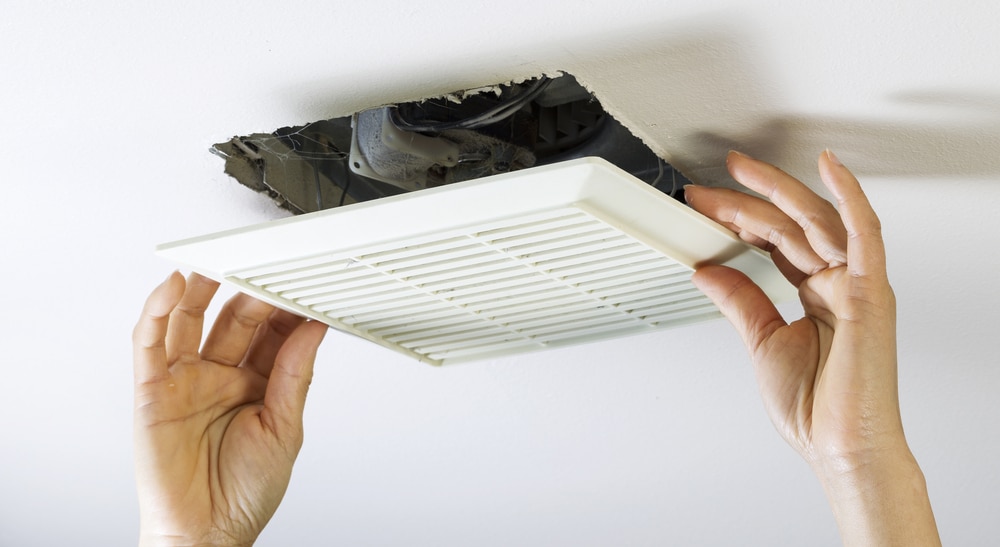
Replacing a bathroom ceiling fan in the UK involves some electrical work, so ensure you turn off the power supply at the fuse box before starting. Below is a general guide.
However, before reading it, we strongly recommend using the services of a professional electrician if you are not one yourself. The risk of life-threatening injury, or permanent damage to your house’s electrics, is too high to do this task with no experience.
- Prep and Safety: Gather your tools (screwdriver, pliers, utility knife) and a new bathroom fan compatible with your existing wiring. Cover the bathroom floor with a dust sheet to protect it from debris.
- Remove the Fan Grille: Most grilles simply clip onto the fan housing. Look for small springs or clips and gently pry the grille loose. Some grilles might require unscrewing them from the housing.
- Disconnect Electrical Wiring: Inside the housing, locate the junction box with electrical connections. Carefully note the colour coding of the wires before disconnecting them from the fan’s terminals. Take pictures if it helps you remember the configuration when reconnecting.
- Detach the Fan Housing: Depending on the model, the fan housing might be screwed directly to the ceiling or secured with brackets. Unscrew any mounting screws or detach the housing from the brackets using pliers.
- Remove the Old Fan: Once the housing is loose, you might need to disconnect the ductwork connected to the fan outlet. Use a utility knife to carefully cut any sealant around the duct, if necessary. Carefully remove the entire fan unit, including the motor.
- Install the New Fan: Position the new fan unit in the ceiling cavity, ensuring proper alignment with the duct opening. Secure the housing using the screws or brackets provided with the new fan, following the manufacturer’s instructions.
- Connect the Wiring: Following your notes or pictures, reconnect the coloured wires from the new fan to the corresponding terminals in the junction box using wire nuts. Double-check all connections for tightness and ensure no loose wires are present.
- Reattach the Ductwork: Connect the ductwork from the old system to the new fan’s outlet. You might need to use sealant or duct tape to ensure a secure and airtight connection.
- Reinstall the Grille: Snap the grille back onto the fan housing, ensuring all clips or screws are secure.
- Test and Turn On Power: Turn the power back on at the fuse box. Test the new fan by switching it on and off. Listen for any unusual noises and ensure proper airflow.
Is there an alternative to a bathroom fan?
While bathroom fans are the most effective solution for moisture control, there are alternative methods you can consider, especially if installing a fan isn’t feasible or desirable. Here are some options to explore:
- Open Windows: Whenever possible, open a window after showering or bathing to allow moisture-laden air to escape naturally.
- Passive Vents: Consider installing a window vent alongside your bathroom window. These vents allow for continuous passive air circulation through the window even when it’s closed.
- Dehumidifiers: Portable dehumidifiers can be used specifically in the bathroom after showering to draw moisture out of the air. However, this is a temporary solution and not a substitute for proper ventilation.
- Door Gaps: Leaving a small gap at the bottom of your bathroom door allows for some passive air circulation between the bathroom and adjacent rooms. This can help with moisture dispersal, but privacy might be a concern.
- Air Purifiers: While not a direct solution for moisture removal, air purifiers can help improve overall air quality in your bathroom by trapping dust, pollen, and other airborne particles that might contribute to mould growth.
Buy the best bathroom fans today
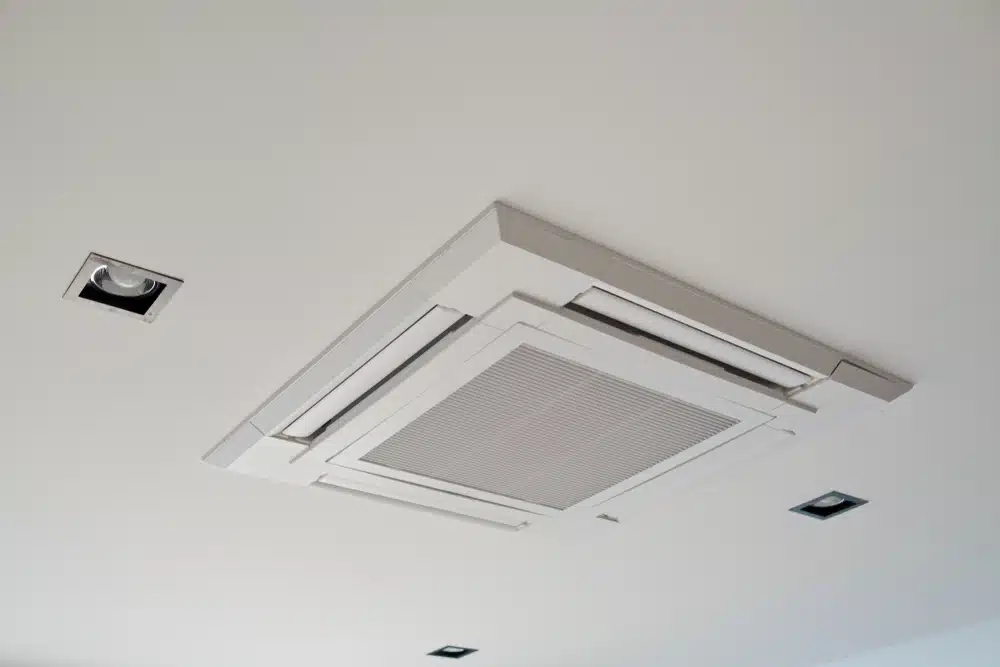
Before deciding to invest in our mould solutions. Be sure to visit our blog page to gain knowledge on the wide array of factors and issues surrounding ventilation, mould, condensation, and much more.
We hope to have given you relevant information regarding how to change a bathroom ceiling fan.
We understand you may have more questions, do not hesitate to contact us for more information with regard to whatever you require our help with. If you’d like to email us, click here. For other contact options, see below:
Call us on 020 8463 9696
Visit us at our showroom:
*OPENING TIMES*
Monday – Friday: 8:00 am to 5:30 pm
Saturday: 9:00 am to 12:00 pm
Sunday: Closed
15 St John’s Parade
Sidcup, Kent
DA14 6ES
United Kingdom

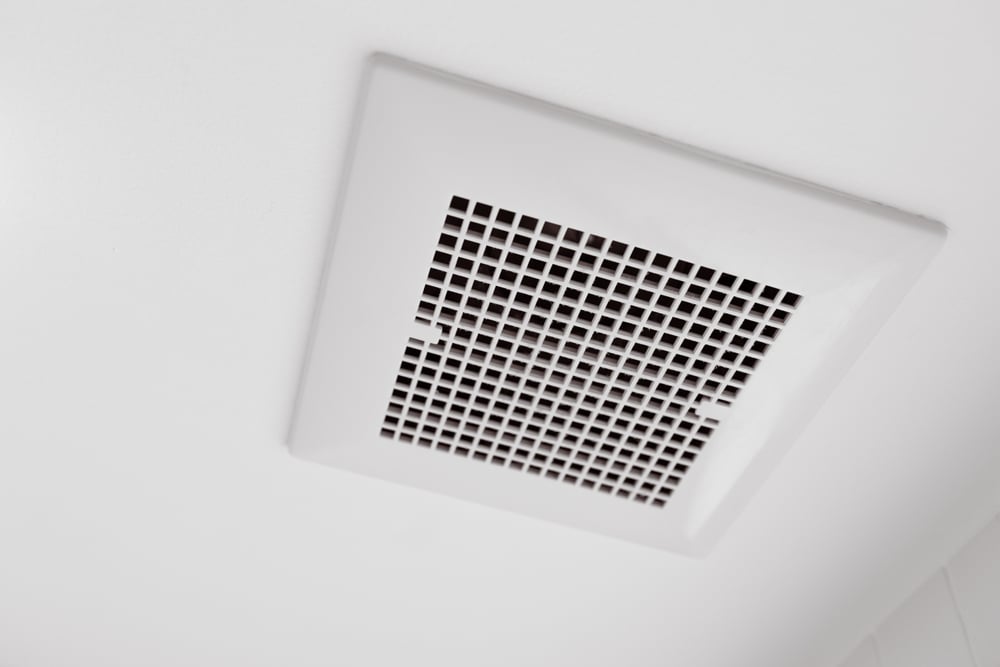

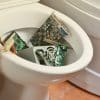
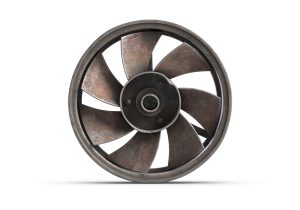

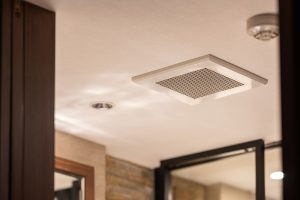





















Add comment
You must be logged in to post a comment.